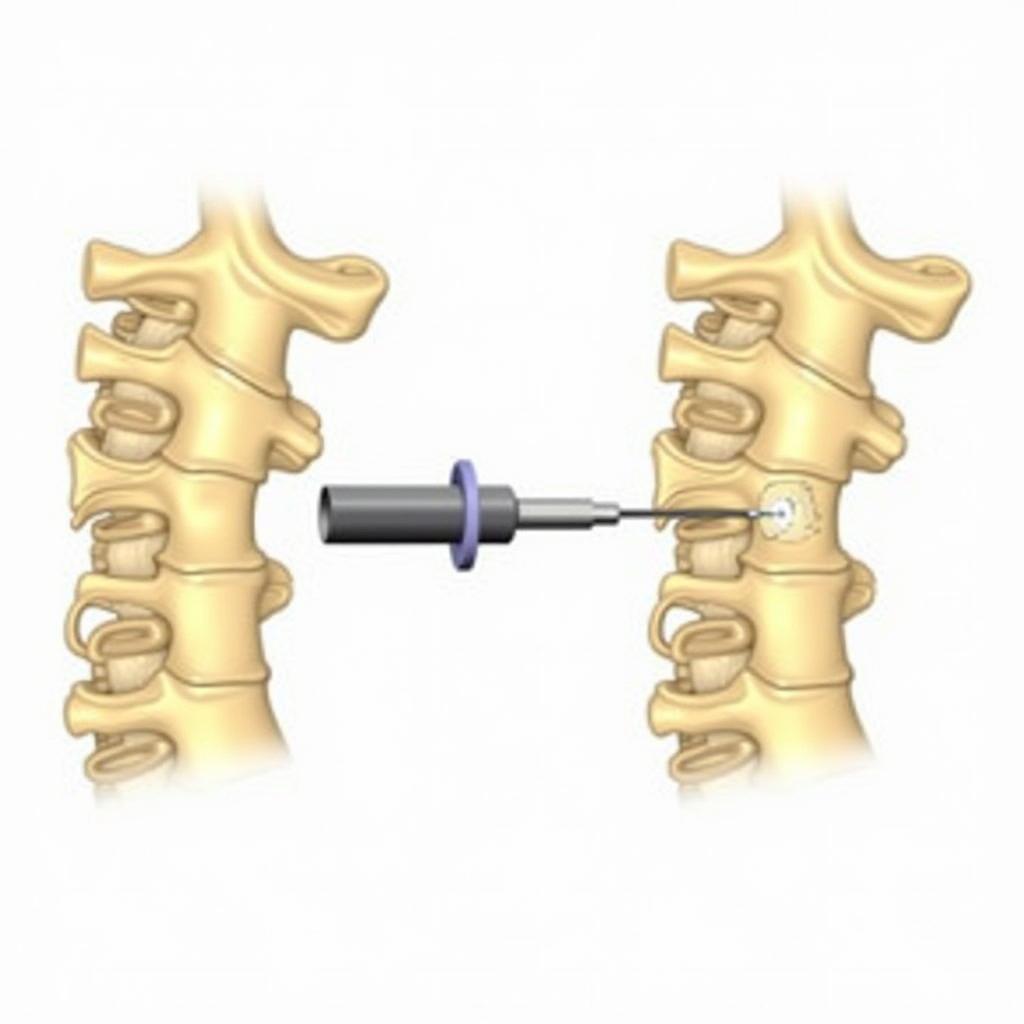Using a Windows Diagnostic Tool For A Flash Drive can be a lifesaver when troubleshooting automotive software and hardware issues. Whether you’re a car owner, a repair shop owner, or a seasoned automotive technician, this guide provides valuable insights into diagnosing and resolving flash drive-related problems effectively.
A reliable flash drive is crucial for various automotive applications, from software updates and data logging to diagnostics and code reading. When a flash drive malfunctions, it can disrupt these processes and lead to significant downtime. Knowing how to effectively diagnose and troubleshoot flash drive issues is, therefore, essential for anyone working with automotive electronics. Learn about bootable diagnostics tool here.
Understanding Flash Drive Issues in Automotive Applications
Flash drives are susceptible to various problems, including corruption, physical damage, and incompatibility issues. These issues can manifest in different ways, such as the inability to read data, slow transfer speeds, or the computer not recognizing the drive. In automotive settings, these problems can hinder essential operations like ECU flashing, diagnostic software execution, and data retrieval.
Common Causes of Flash Drive Failures
Several factors can contribute to flash drive failures in automotive environments:
- Physical Damage: Exposure to extreme temperatures, moisture, or physical impacts can damage the delicate components of a flash drive, rendering it unusable.
- Software Corruption: Power surges, improper ejection, or malware infections can corrupt the file system on the flash drive, leading to data loss or inaccessibility.
- Incompatibility: Using a flash drive formatted with an incompatible file system or lacking the required specifications can prevent it from working correctly with specific automotive systems.
- Wear and Tear: Flash drives have a limited lifespan, and frequent read/write cycles can eventually lead to wear and tear, reducing their performance and reliability.
Utilizing Windows Diagnostic Tools for Flash Drives
Windows provides several built-in tools that can be used to diagnose and troubleshoot flash drive problems. These tools can help identify the root cause of the issue and, in some cases, even repair the drive.
Checking for Physical Damage
Start by visually inspecting the flash drive for any signs of physical damage. Look for bent connectors, cracks in the casing, or any other physical abnormalities. If the drive shows signs of physical damage, it may need to be replaced.
Running CHKDSK
The CHKDSK utility is a powerful tool that can scan for and fix file system errors on a flash drive. To run CHKDSK, open Command Prompt as an administrator and type chkdsk [drive letter]: /f /r, replacing [drive letter] with the letter assigned to your flash drive. The /f parameter fixes errors, and the /r parameter recovers readable information from bad sectors.
Using the Error Checking Tool
Another helpful tool is the built-in Error Checking tool in Windows. Right-click on the flash drive in File Explorer, select Properties, and then go to the Tools tab. Click the “Check” button to scan for file system errors.
Formatting the Flash Drive
If the above steps don’t resolve the issue, formatting the flash drive can sometimes be a solution. Right-click on the flash drive in File Explorer, select “Format,” and choose the appropriate file system for your automotive application. Remember that formatting erases all data on the drive. Find out more about car diagnostic tool laptop here.
Best Practices for Using Flash Drives in Automotive Applications
- Use High-Quality Flash Drives: Invest in reputable brands known for their reliability and durability.
- Format Correctly: Ensure the flash drive is formatted with the correct file system for the intended automotive application.
- Safe Removal: Always safely remove the flash drive from the computer to prevent data corruption.
- Regular Backups: Create regular backups of important data stored on the flash drive.
- Virus Protection: Use a reliable antivirus program to scan the flash drive for malware.
“Always use high-quality flash drives for critical automotive applications,” advises Robert Miller, a Senior Automotive Electronics Engineer at AutoTech Solutions. “Cheap drives can often be unreliable and lead to costly downtime.”
Conclusion
Understanding how to use a Windows diagnostic tool for a flash drive is essential for maintaining smooth operations in automotive environments. By following the steps outlined in this guide and implementing best practices, you can effectively diagnose and resolve flash drive issues, minimizing downtime and ensuring the successful execution of critical automotive tasks. If you need further assistance, don’t hesitate to contact us at ScanToolUS at +1 (641) 206-8880 or visit our office at 1615 S Laramie Ave, Cicero, IL 60804, USA. Read more about usb flash drive diagnostic tool here.
“Regular backups are your best defense against data loss,” adds Maria Sanchez, an experienced Automotive Diagnostic Technician. “Make it a habit to back up critical data from your flash drive after every use.” Check out more information about system diagnostic tools ubuntu.
“Incompatibility issues can be easily avoided by checking the required specifications before using a flash drive with a specific automotive system,” emphasizes John Davis, Lead Software Engineer at Car Diagnostics Inc. Explore more on nvidia field diagnostic tool.

